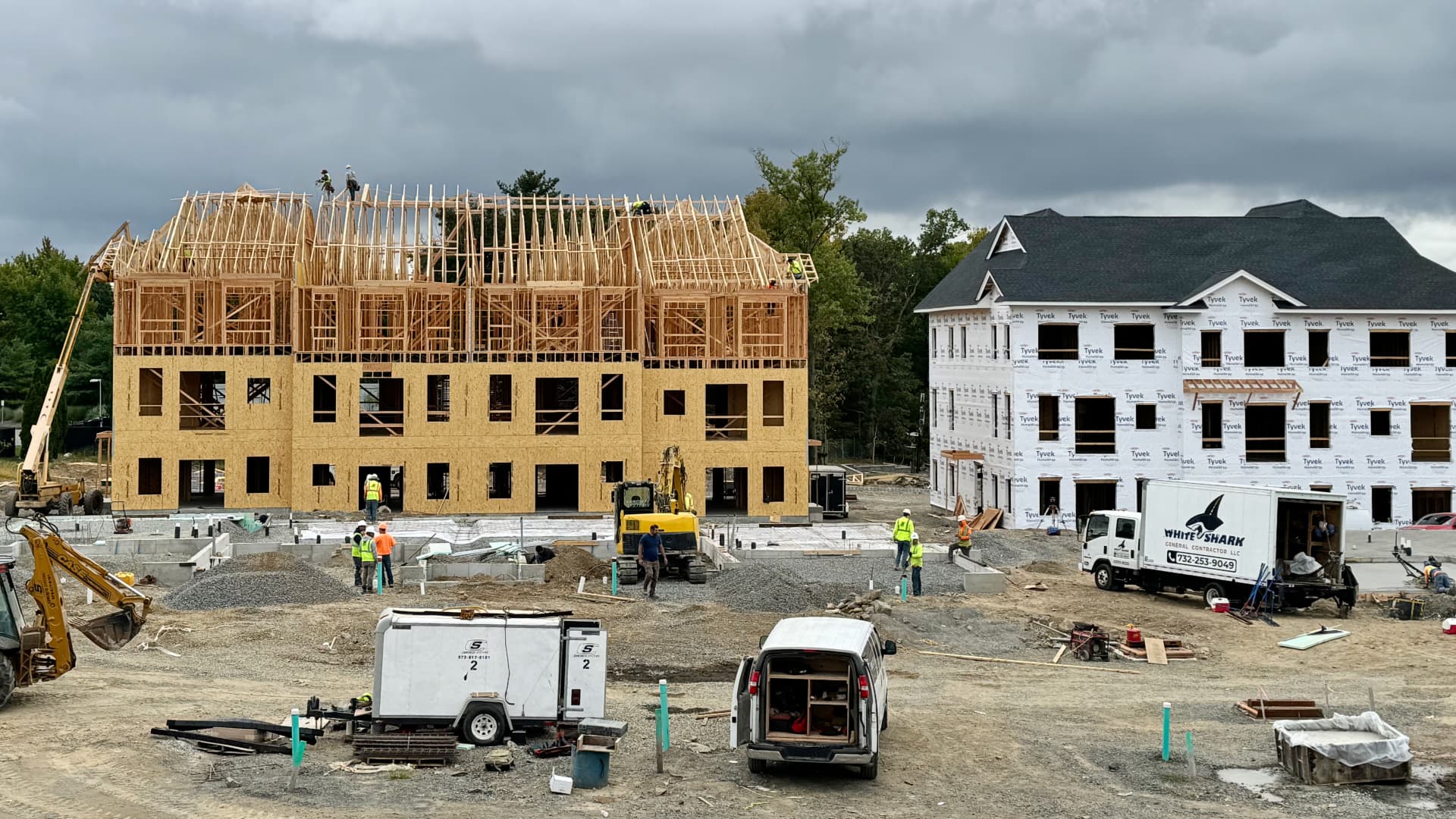A significant portion of materials used in U.S. home construction, including lumber, drywall, appliances, and finishings, are sourced from outside the United States. The cost of these products is set to rise due to new tariffs imposed by the Trump administration on imports from China, Mexico, and Canada. Goods from China now face a 20% tax, up from 10%, while those from Canada and Mexico are subject to a 25% tax. Canadian lumber, already taxed at 14.5%, will see further price increases.
According to Rob Dietz, chief economist at the National Association of Home Builders (NAHB), these tariffs could raise builder costs by $7,500 to $10,000 per home. Last year, the NAHB estimated that every $1,000 increase in the median home price would exclude approximately 106,000 potential buyers. The most significant impact on homebuilders will come from rising lumber costs, expected to add about $4,900 per home on average, according to Leading Builders of America.
About one-third of the lumber used in U.S. homebuilding comes from Canada, with domestic producers likely to raise prices to match imported supply. Paul Jannke, principal at Forest Economic Advisors, noted that since the initial imposition of tariffs in February, prices for Western Spruce-Pine-Fir two-by-fours have risen by 13%. With the re-imposition of a 25% tariff on Canadian goods, Canadian producers may halt lumber shipments to the U.S., leading to higher prices as dealers stock up ahead of the building season.
Despite efforts to boost domestic lumber production through regulatory streamlining, expanding production quickly is challenging. Jannke estimates it could take up to three years to build new mills, given limited manufacturing capacity and a shortage of skilled labor in rural areas.
Beyond lumber, the homebuilding industry faces rising costs across the board. China leads in household appliances, and much of the drywall used in construction is imported, primarily from Spain, Mexico, and Canada. Rising costs due to tariffs leave builders with limited options: pass costs onto consumers through higher home prices or reduce material usage, resulting in smaller homes, according to Danielle Hale, chief economist at Realtor.com.
While new construction will be most affected, tariffs will also impact the broader housing market, potentially increasing prices for existing homes and reducing demand for major remodeling projects. Meanwhile, the Trump administration highlights recent declines in mortgage interest rates, with the 30-year fixed rate dropping from 7.26% to 6.64% since January.
— news from CNBC
